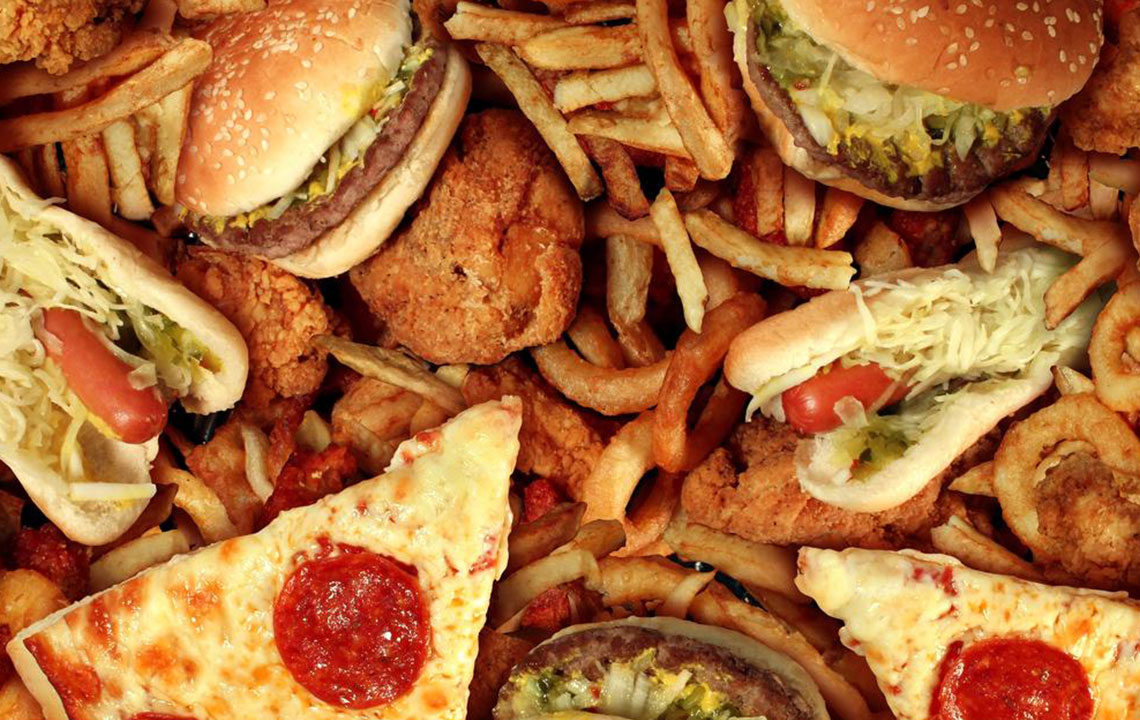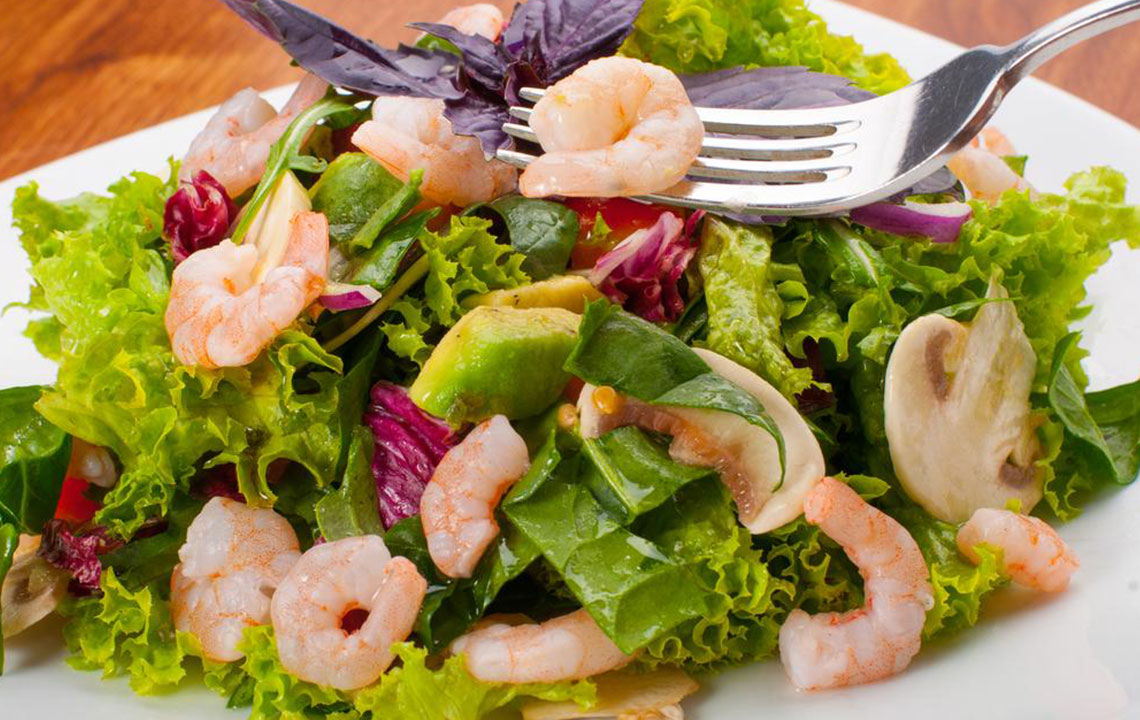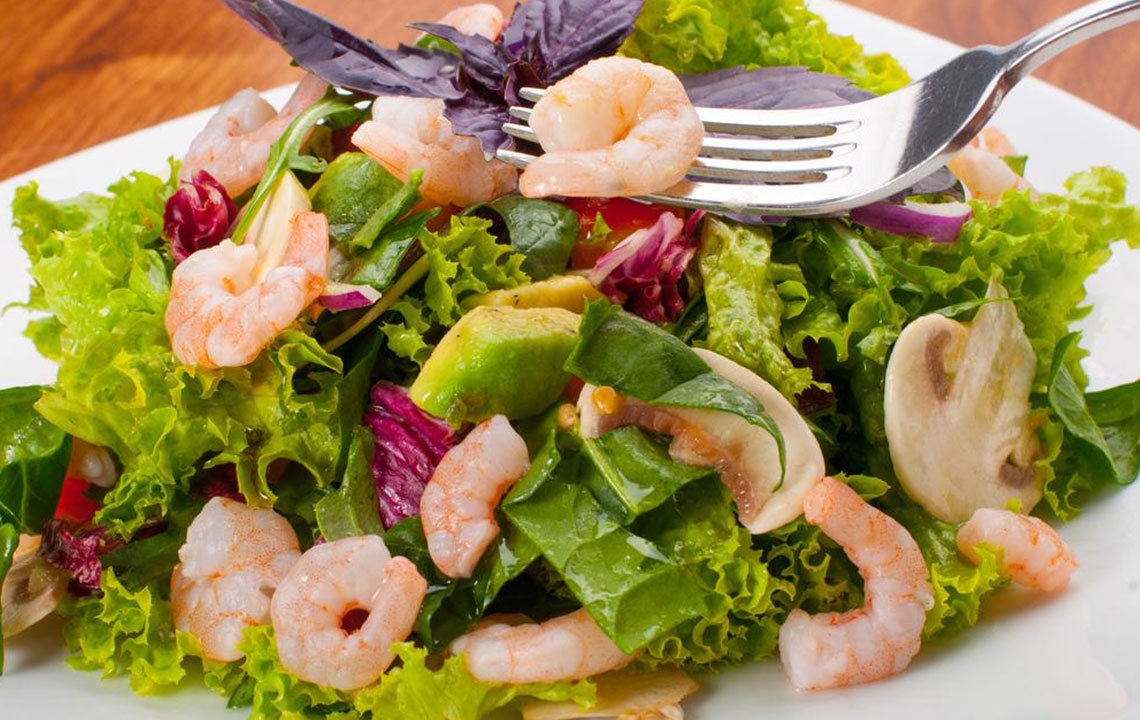Effective Dietary Strategies to Manage Acid Reflux and Prevent Trigger Foods
This comprehensive guide provides effective dietary strategies for managing acid reflux and avoiding trigger foods. By understanding which foods can exacerbate GERD symptoms, individuals can make informed choices to reduce discomfort and improve digestive health. The article covers common trigger foods like spicy dishes, citrus fruits, fried foods, and more, offering practical alternatives and tips for a healthier stomach. With personalized dietary adjustments and lifestyle modifications, managing acid reflux becomes achievable, enhancing overall well-being and comfort.

Understanding Foods That Worsen Acid Reflux and How to Avoid Them
Acid reflux, also known as gastroesophageal reflux disease (GERD), is a common digestive disorder characterized by the backward flow of stomach acids into the esophagus. This condition results from a malfunction or weakening of the lower esophageal sphincter (LES), a muscular ring that normally closes tightly after food enters the stomach. When the LES doesn't function properly, it allows acids and stomach contents to escape, leading to uncomfortable symptoms such as heartburn and chest burning. Understanding how certain foods influence this process is key to managing and reducing acid reflux episodes.
Acid reflux symptoms can significantly impact daily life, causing discomfort and sometimes leading to more severe complications if left untreated. The primary strategy for controlling this condition involves making mindful changes to your diet. By identifying and avoiding foods that trigger reflux, individuals can reduce the frequency and severity of their symptoms. Conducting a food diary over a week can be immensely helpful in pinpointing specific foods that worsen your reflux, enabling personalized dietary adjustments under medical supervision.
Common signs of acid reflux include a burning sensation in the chest (heartburn), especially after meals, a sour or bitter taste in the mouth, regurgitation of stomach contents, bloating, nausea, sore throat, and persistent cough. While every person’s triggers may vary, certain food categories are known to commonly exacerbate symptoms. Recognizing and limiting these foods can make a substantial difference in managing the disorder effectively.
Maintain a detailed record of your food intake and symptom occurrences to identify specific triggers.
Adjust your meals and portion sizes based on individual reactions to certain foods.
Seek guidance from healthcare professionals to develop a tailored diet plan that alleviates symptoms.
To better manage acid reflux, it is crucial to avoid or limit the intake of certain foods that are known to irritate the stomach lining, relax the LES, or increase acid production. Here are some of the most common trigger foods and healthier alternatives to consider:
Spicy foods: Dishes seasoned with chili peppers, cayenne, and other spices can cause significant irritation to the stomach lining and stimulate increased acid production. Spicy foods are notorious for triggering persistent heartburn. Reducing the consumption of spicy dishes can lead to noticeable improvements in symptoms. Consider milder herbs and flavorings such as basil, oregano, or turmeric, which add flavor without causing reflux.
Mint: Although mint-flavored products like candies, gum, and herbal teas may seem soothing, they can relax the lower esophageal sphincter, facilitating acid escape into the esophagus. Instead, natural remedies like ginger can help soothe nausea and reduce reflux symptoms without relaxing the sphincter.
Tomatoes and tomato-based products: Tomatoes are highly acidic and found in sauces, salsas, and various condiments. Their high acid content can prompt reflux episodes. Limiting tomato intake and opting for less acidic vegetables may help control symptoms. When cooking, choose alternatives like zucchini or cucumbers to enjoy salads and meals without exacerbating reflux.
Citrus fruits: Oranges, lemons, limes, and grapefruits contain citric acid, which stimulates acid production and can aggravate reflux. Instead, opt for alkaline-friendly fruits such as bananas, melons, apples, berries, and pears, which are less likely to trigger symptoms and also provide essential nutrients.
Fried and greasy foods: Foods prepared through frying or cooking with excessive fats delay stomach emptying and increase the likelihood of reflux. Switching to healthier cooking methods like baking, grilling, steaming, or broiling can significantly reduce reflux episodes. Choosing baked chicken, grilled vegetables, and steamed fish not only reduces fat intake but also supports overall gastrointestinal health.
High-fat meats: Cutlets of beef, pork, and lamb that are high in saturated fats tend to stay longer in the stomach, producing more acid and increasing the risk of reflux. Opting for leaner cuts such as chicken breast, turkey, or fish can help lower fat intake and minimize symptoms.
Caffeinated drinks: Coffee and caffeinated teas relax the LES due to caffeine's stimulating properties. This relaxation allows stomach acids to escape more easily into the esophagus. To manage reflux, consider switching to non-caffeinated herbal teas or decaffeinated coffee, especially during morning hours when reflux may be more persistent.
Sodas and carbonated beverages: The bubbles in carbonated drinks increase pressure in the stomach and can cause the LES to open improperly, resulting in reflux. Diluting soda with water or choosing non-carbonated drinks can help minimize this effect and prevent symptoms.
Alcohol consumption: Alcoholic beverages like beer, wine, and spirits relax the LES and impair the digestive process, making reflux more probable. Drinking in moderation or avoiding alcohol, especially with greasy or spicy foods, can help in controlling symptoms and improving overall gastrointestinal health.
Chocolate: Containing both caffeine and fats, chocolate is a notable trigger for many individuals with reflux. It can delay gastric emptying and relax the LES, leading to increased reflux episodes. Limiting chocolate intake, especially dark and milk chocolates, can be a beneficial step toward symptom management.
High-fat dairy products: Cheeses like cheddar, gouda, and full-fat dairy can aggravate reflux symptoms. Instead, opt for low-fat dairy options such as ricotta, cottage cheese, or skim milk to enjoy the nutritional benefits without triggering reflux.
Implementing these dietary modifications can greatly assist in managing GERD symptoms, reducing discomfort, and promoting overall digestive health. Coupled with lifestyle changes like maintaining a healthy weight, eating smaller meals, and avoiding lying down immediately after eating, these strategies can lead to substantial improvements in quality of life for those affected by acid reflux.





